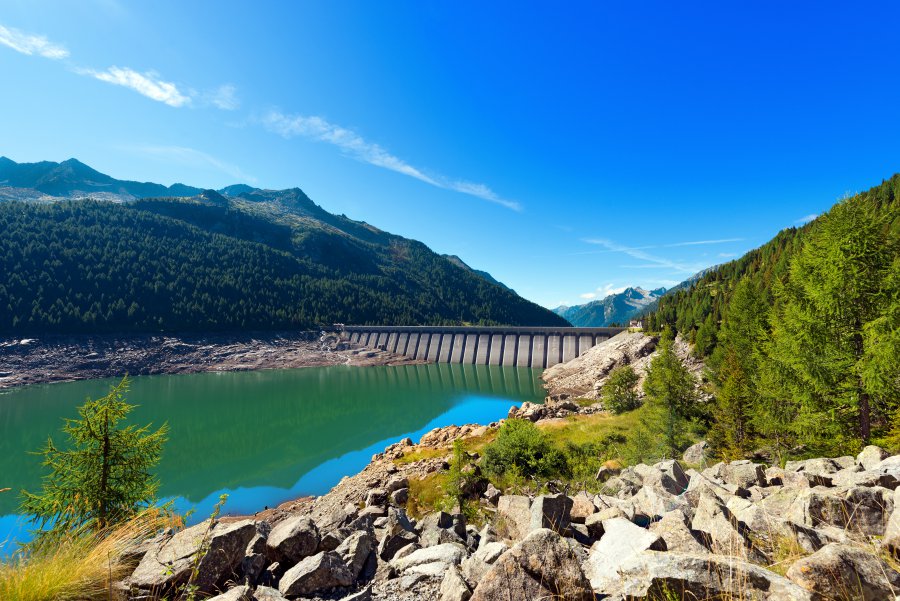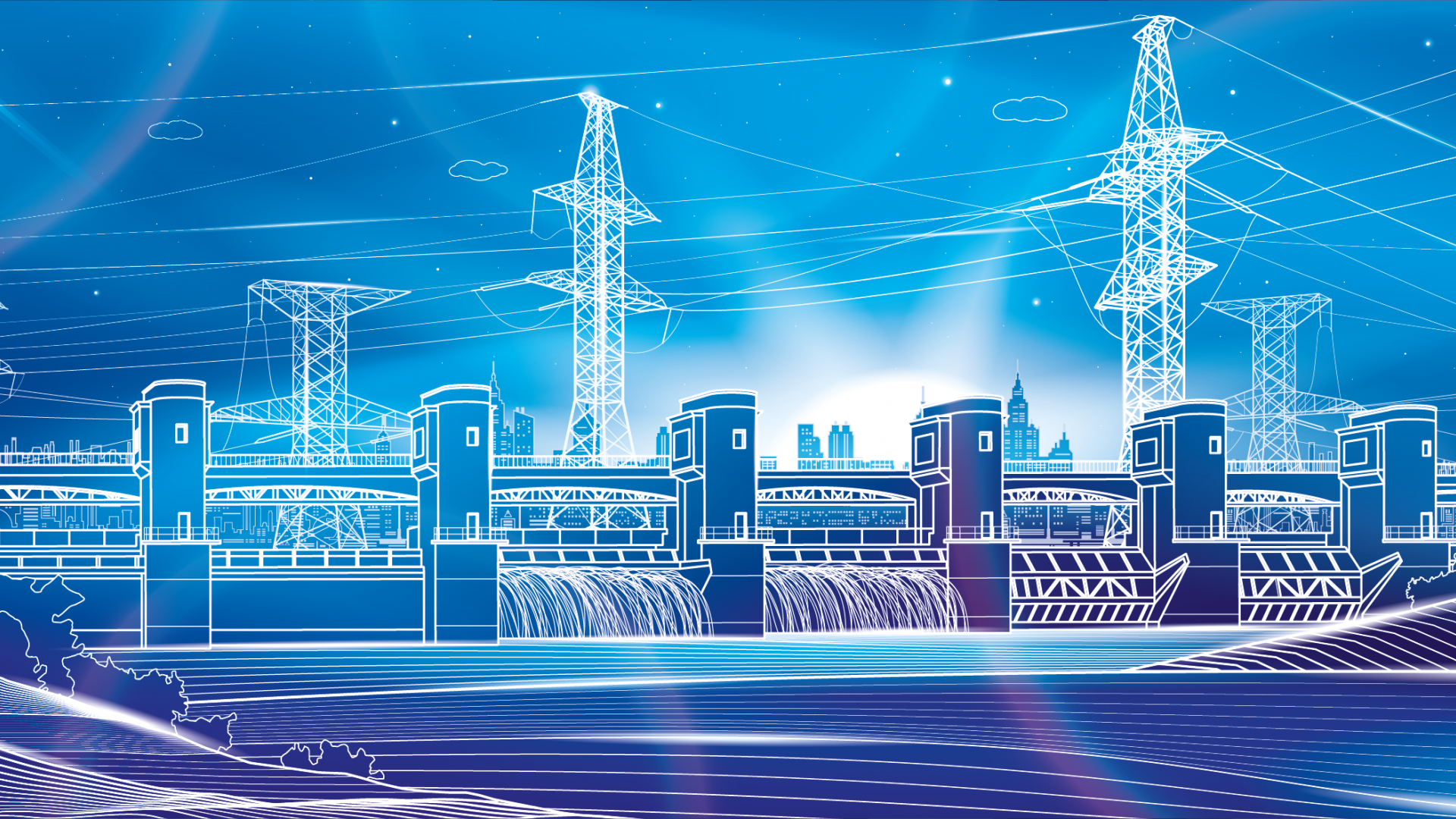
A WIDE-RANGING STORY
The war in Ukraine has brought to everyone's attention the need to think again about energy. It has done so in a disruptive manner, fuelling a crisis of global proportions which threatens to crush companies and families.
Invest in Trentino has decided to make its contribution to help face this difficult time in a more informed and aware manner. It is doing so by means of a comprehensive and in-depth study on the subject of energy in the Province of Trento, which will be published in instalments over the coming weeks.
We will start from political choices and in particular from the analysis of the Provincial Environmental Energy Plan (PEAP), which outlines the strategic guidelines up to 2030. We will then talk to researchers and technicians who have contributed substantially to the drafting of the Plan and who will take us forward in time to discover the technologies of the future. Finally, we will visit local companies to see and tell what they do to limit waste, pollute less and really make a difference.
We will do all this with an eye on the environment and on energy saving, showing that the most convenient choices for businesses and citizens are often also the most convenient for the Planet.
Provincial Environmental Energy Plan: history and objectives
Bringing energy to the whole of Trentino. In 1979, when the Autonomous Province of Trento (PAT) drew up the first Energy Plan, this was the great objective to be achieved.
More than 40 years have passed, energy has spread throughout the province, reaching even the smallest municipalities and the most distant valleys, and new needs and sensitivities have begun to emerge. Environmental policies were also included in the energy plans, which were then adopted every ten years, and the areas of interest were broadened. Decarbonisation, the reduction of polluting emissions and the increase in renewable energy have become the key words of a tool that is now essential for the sustainable development of Trentino, which also actively involves research centres, universities, trade associations and the production sector.
“Thinking about the provincial energy system of the next decade, guiding the transition and directing the path to be consistent and compliant with European objectives on decarbonisation. This is the challenge that the new Provincial Environmental Energy Plan (PEAP) 2021-2030 addresses in the wake of the experience that has seen the Province responsible for its own energy choices since the Statute of Autonomy was issued”.
The Provincial Environmental Energy Plan 2021-2030
The Provincial Energy Balance
The main objective of the 2021-2030 Provincial Environmental Energy Plan is to achieve, by 2030, a 55% reduction in climate-changing gas emissions compared to 1990 values. The first thing to do, in preparing the plan, was therefore to study an energy balance, to understand how much energy Trentino consumes and which sectors are the most energy-intensive.
The work to draw up the energy balance lasted three years (from 2018 to 2021) and also involved Trentino research institutes, which made valuable contributions in their fields of interest. The Bruno Kessler Foundation was in charge of modelling the scenarios and development paths for hydrogen. The University of Trento (DICAM) focused on the civil sector and heat production. Finally, the Edmund Mach Foundation, with its expertise in the agricultural, livestock and forestry sectors, studied the impact of bioenergy.
The energy balance showed that consumption is divided mainly into 3 sectors:
- Civil sector (including residential, hotel, tertiary and commercial): 42%
- Transport: 30%
- Manufacturing: 25%
- Agriculture: 3%
The strategic lines of the PEEP
The energy balance was used as a starting point to outline 12 strategic lines of action on which to act in order to reach the ambitious target of a 55% reduction in climate-altering emissions.
These lines have been divided into 3 action blocks:
- Reduction of consumption
- Expansion of renewables
- Transversal actions: financial levers, development of innovation, citizen input, relationship with other PAT instruments (Urban Plan, S3, etc.)
The role of enterprises in energy saving
Businesses consume 25% of all energy in Trentino and the most energy-intensive sector is paper, followed by mechanics, chemicals, pharmaceuticals and food. The PEEP has identified 3 areas in which companies can act to reduce their consumption:
1. Efficiency of production lines
This is the area where there is the greatest scope for reducing energy consumption, but it is also the most difficult to implement because it does not only involve a change of technology. In fact, it is also necessary to think in terms of the circular economy of production systems and the reduction of the physical supply chain, which tends as far as possible towards zero km (relying on local companies instead of turning to non-provincial or foreign companies).
2. Management and monitoring systems
Adopting intelligent consumption monitoring systems is the simplest and most effective action a company can take in this area. It involves little expense (especially when compared to modernising production lines) and has a very fast payback time, with tangible results even after just a few months.
3. Use of renewable energy
Trentino is a large producer of hydroelectric energy, while it has interesting growth margins as far as photovoltaic energy is concerned. This is also demonstrated by a study started in November 2021 by the Bruno Kessler Foundation that reconstructed Trentino in 3D, helping to understand the value of irradiation zone by zone and how many panels can still be installed (compared to those already installed). The data that emerged are very encouraging.
PAT's support for companies
In order to help companies reduce their energy consumption and climate-changing gas emissions, the Province is working on two fronts through the European Regional Development Fund (ERDF) operational programme:
- Photovoltaics: a contribution notice for companies has been open since June 2022. In the period from June to September, 17 million euro were disbursed to Trentino companies, out of a total portfolio of 23 million
- Non-repayable financing for the efficiency of production lines: this measure is not yet active but will be implemented in the coming months






